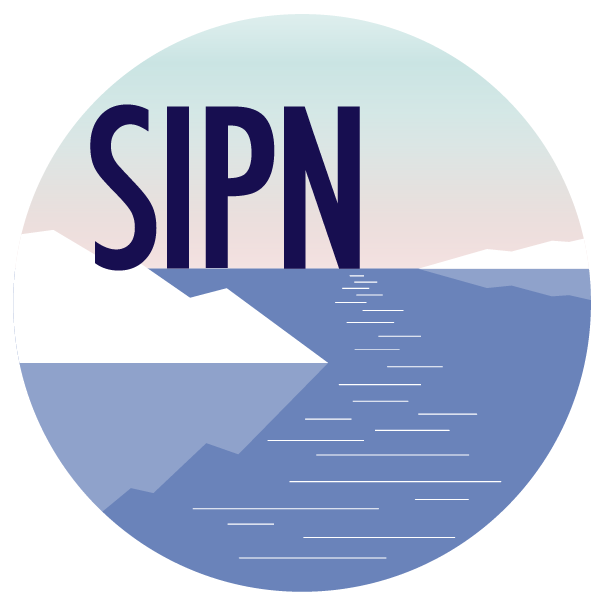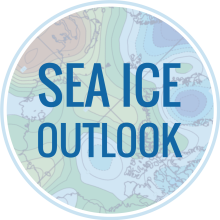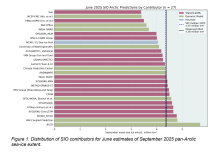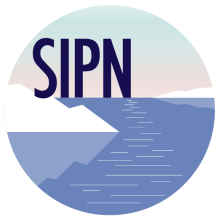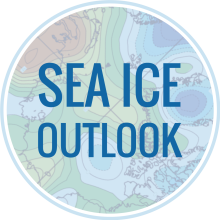Sea Ice Data at NSIDC
Through the National Snow and Ice Data Center (NSIDC), SIPN manages a comprehensive list of datasets useful for sea ice prediction.
Mailing List
Join the SIPN mailing list to receive and send announcements about Arctic sea ice science, data, news, and SIPN activities.
SIPN on LinkedIn
Join SIPN on LinkedIn and connect with other sea ice professionals!
